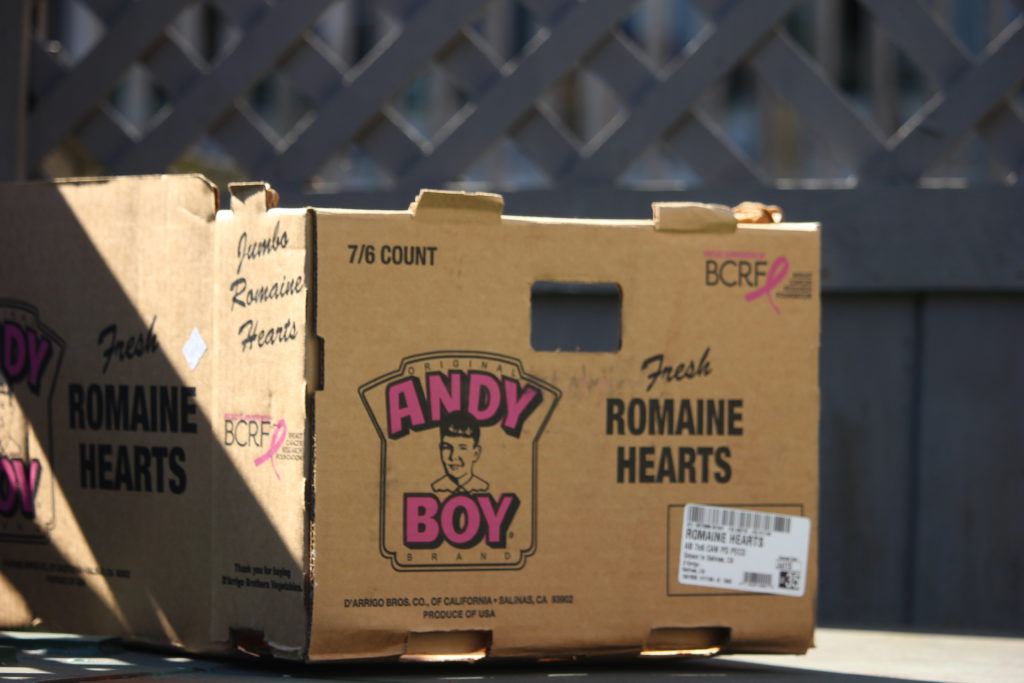
When it comes to recycling regulations, the Regional District of Nanaimo wants the province to incorporate cutting greenhouse gas emissions and toxicity at the source of production.
In a written response to the Ministry of Environment and Climate Change Strategy’s September recycling regulation policy intentions paper, the RDN is calling for “greater emphasis on the upstream production of materials.” That means addressing the types of packaging used and the raw materials that go into making products, said Larry Gardner, manager of solid waste services for the RDN.
While the intentions paper asserts that extended producer responsibility (EPR) programs “reduce waste by incentivizing producers to design products that are durable and more recyclable,” the RDN’s response argues that they do not and that the recycling regulation and future EPR programs should include category-specific recyclability targets.
Incorporating upstream production would go toward fulfilling one of the objectives of the Canadian Council of Ministers of Environment’s 2009 Canada-wide Action Plan for Extended Producer Responsibility: to “reduce the toxicity and environmental risks from products and product waste and improve the overall life-cycle performance of products, including reducing associated greenhouse gas emissions.”
The RDN’s submission specifically suggests that stewardship agencies, the 12 non-profit organizations made up of producers and brand owners tasked with recycling their spent products, should be required to have a built-in fee structure related to upstream production in their ministry-mandated product stewardship plans.
“If we want to influence upstream more, the way to do that is to provide an economic benefit for the people that actually make less packaging, or products or materials that are either recyclable or more readily recyclable,” Gardner suggested.
“The province has been tremendously effective with EPR programs; they’re leaders in the world, I think, in making producers responsible for the end-of-life of the product?. We’re suggesting an advancement of that would be now to take the next step and reward the behaviour we want.”
Gardner and the RDN support the ministry’s proposal to expand EPR programs to include mattresses, fire extinguishers, pool chemicals, electric car batteries and solar-power equipment, among others. The RDN says that in order to reach its 2027 90 per cent waste reduction goal it needs to increase waste diversion via improvements to existing, or implementation of new, federal and provincial programs by 5 per cent.
B.C.’s recycling regulation has been in place since 2004 and regulates EPR programs, which put the burden of collecting and recycling certain products, such as batteries and light bulbs, on producers _ manufacturers, distributors and retailers.
Rachelle Stein-Wotten/Local Journalism Initiative Reporter




